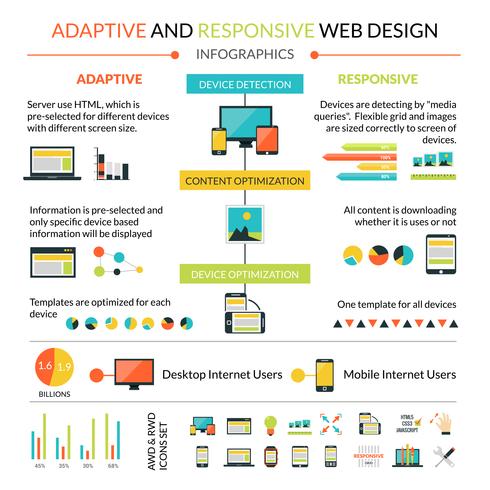Core Principles Of Site Design: Advice For Crafting A User-Friendly Online Presence
Core Principles Of Site Design: Advice For Crafting A User-Friendly Online Presence
Blog Article
Content Create By-Hovmand Secher
When it pertains to internet site style, guaranteeing user-friendliness is key. From responsive layout to streamlined navigating, every component plays a vital duty in developing a site that deals with your audience's demands. Yet what about the finer information that can make or damage a user's browsing experience? Remain tuned as we uncover some often-overlooked tips that can boost your web site's usability to the next level, making it really stick out in the digital landscape.
Importance of Responsive Design
Receptive design is a crucial facet of contemporary internet site development. Ensuring your site is responsive ways that it can adjust to different display dimensions and gadgets, giving a smooth experience for individuals.
With the raising use smart devices and tablets to access the net, having a responsive layout is necessary for reaching a wider audience. It aids in boosting customer experience by making your web site easy to browse and continue reading any type of device.
Additionally, receptive style can favorably impact your search engine positions, as search engines like Google prioritize mobile-friendly internet sites. By having a responsive style, you're also future-proofing your internet site, as new devices with differing screen sizes remain to emerge.
Simplify Navigation Structure
To enhance customer experience and promote very easy access to details on your web site, enhancing the navigating structure is paramount. When developing your site, concentrate on developing a clear and instinctive navigation food selection that helps site visitors locate what they're seeking quickly.
Limitation the variety of menu products to the basics, grouping related pages with each other to prevent frustrating users. Usage detailed labels that plainly indicate the content of each page, making it easier for customers to recognize where each link will certainly take them.
Consider applying dropdown menus for subcategories to avoid cluttering the major navigation bar. Furthermore, consist of a search bar prominently on the page for users that prefer searching for particular details.
Prioritize mobile responsiveness in your navigating layout to ensure simple gain access to on all gadgets.
Enhance Page Load Rate
Improving page load speed is important for keeping site visitors on your internet site. Slow-loading web pages annoy individuals and can cause high bounce rates. To optimize web page lots rate, start by maximizing pictures. Compress photos without endangering high quality to decrease their documents sizes.
Furthermore, enable web browser caching to keep frequently accessed resources in your area, speeding up load times for returning visitors. Minify CSS, JavaScript, and HTML files by removing unneeded personalities, remarks, and formatting, boosting tons rate.
Think about making use of a content distribution network (CDN) to disperse your website's content across multiple servers worldwide, minimizing latency for customers accessing your site from various areas. Lastly, restrict the use of third-party manuscripts and plugins, as they can considerably affect lots times.
Conclusion
In conclusion, by integrating responsive style, simplifying navigating, and maximizing web page load rate, you can develop an easy to use internet site that interest a bigger target market and enhances customer experience. just click the up coming page make certain that visitors can quickly access and navigate your site throughout different gadgets, leading to increased engagement and contentment. By focusing on these key elements, you can build an effective internet site that maintains individuals returning for more.
